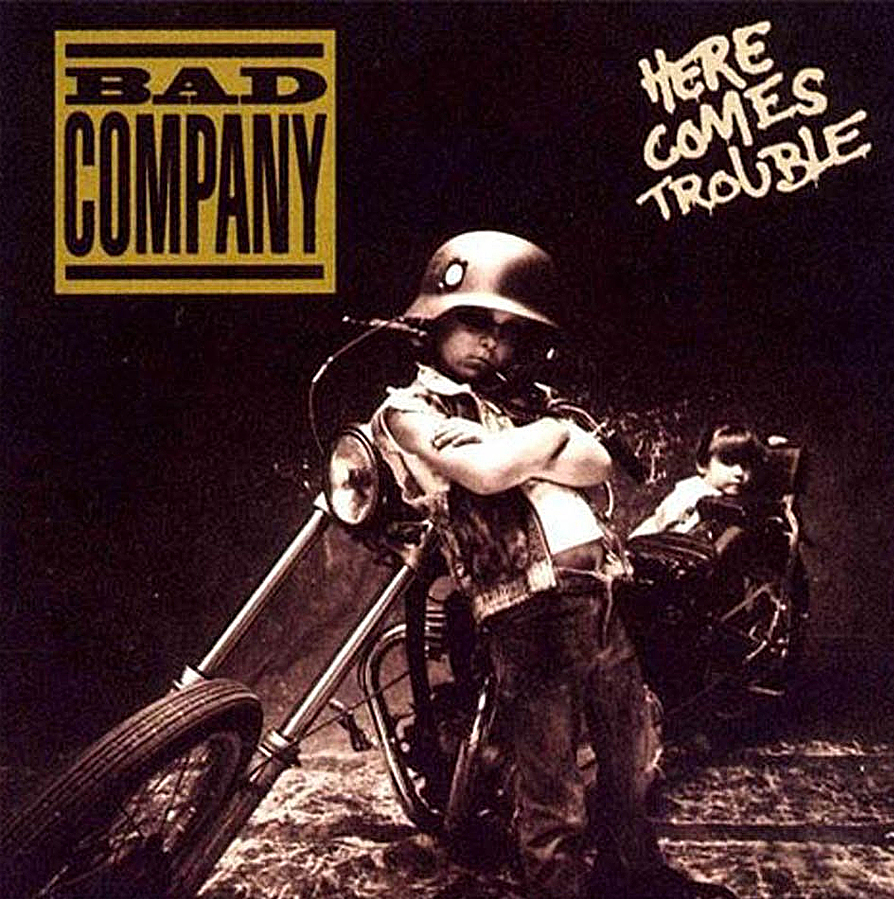

I think that is what gave us our identity as a band.” “We always tried to be natural,” says Ralphs. “We were just trying to play what felt good and natural. “We were influenced by people like Jimi Hendrix, Cream, and, to a certain extent, the Beatles,” explains Rodgers. He would eventually record a new version of the song for “Cut Loose,” his 1983 solo album. Rock, blues and even country influences were skillfully layered within songs such as the beautiful Rodgers-penned ballad “Seagull,” the straight-ahead rock of “Movin’ On” and “Rocky Steady.” Also featured from those fertile sessions at Headley Grange are “Little Miss Fortune,” the brooding blues rock classic “Ready For Love” and the previously unreleased “Superstar Woman.” While “Superstar Woman” ultimately did not become part of Bad Company’s catalog, Rodgers’ belief in the song never diminished. The eight tracks recorded at Headley Grange clearly defined the band’s stripped-down sound. We did interesting experiments like placing the vocal microphone way out in the fields for the song ‘Bad Company.’ We recorded that track late at night underneath a fall moon.” We had the drums set up in the hallway and the guitars in the living room. We steamed in and put the entire album down.

Peter told us that if we were quick, we could probably use the studio to lay a couple of tracks down. “Led Zeppelin had a mobile studio together at Headley Grange all ready to go, but they were delayed for two weeks. “We were bursting at the seams to get into the recording studio,” says Rodgers. Because of their association with Grant, a unique opportunity arose for them when it came time to record that classic first album in November 1973. Their 1974 self-titled debut went platinum five times over and featured the smash hits, “Can’t Get Enough,” (a Number One single) and “Movin’ On” along with electrifying rock anthems like “Ready For Love,” “Rock Steady” and the title track. As soon as Peter heard how strongly I felt about the name, he became very supportive and together we turned the record company around.”īad Company was an instant hit worldwide. We agreed to go in and tell them that we were going to be called Bad Company and that was the end of the story.
#Bad company here comes trouble free
I told them that I had been through this before with Free as Island Records had wanted to call us the Heavy Metal Kids.

Peter Grant called a meeting and the band met beforehand. “I had to fight to get the management and the record company to accept the name Bad Company,” explains Rodgers. The duo recruited former King Crimson bassist/vocalist Boz Burrell, added drummer Simon Kirke and Rodgers Christened the band Bad Company. Rodgers’ brought in Led Zeppelin manager Peter Grant and Bad Company became the first band signed to Zeppelin’s Swan Song label. Rodgers had met Mott The Hoople guitarist Mick Ralphs and after jamming together and listening to new songs that Ralphs had penned and songs that Rodgers had penned, Ralphs made the decision to leave Mott and form a new band with Rodgers. Boz Burrell, Mick Ralphs, Paul Rodgers, Simon Kirke -Photo by Carl Dunn.


 0 kommentar(er)
0 kommentar(er)
